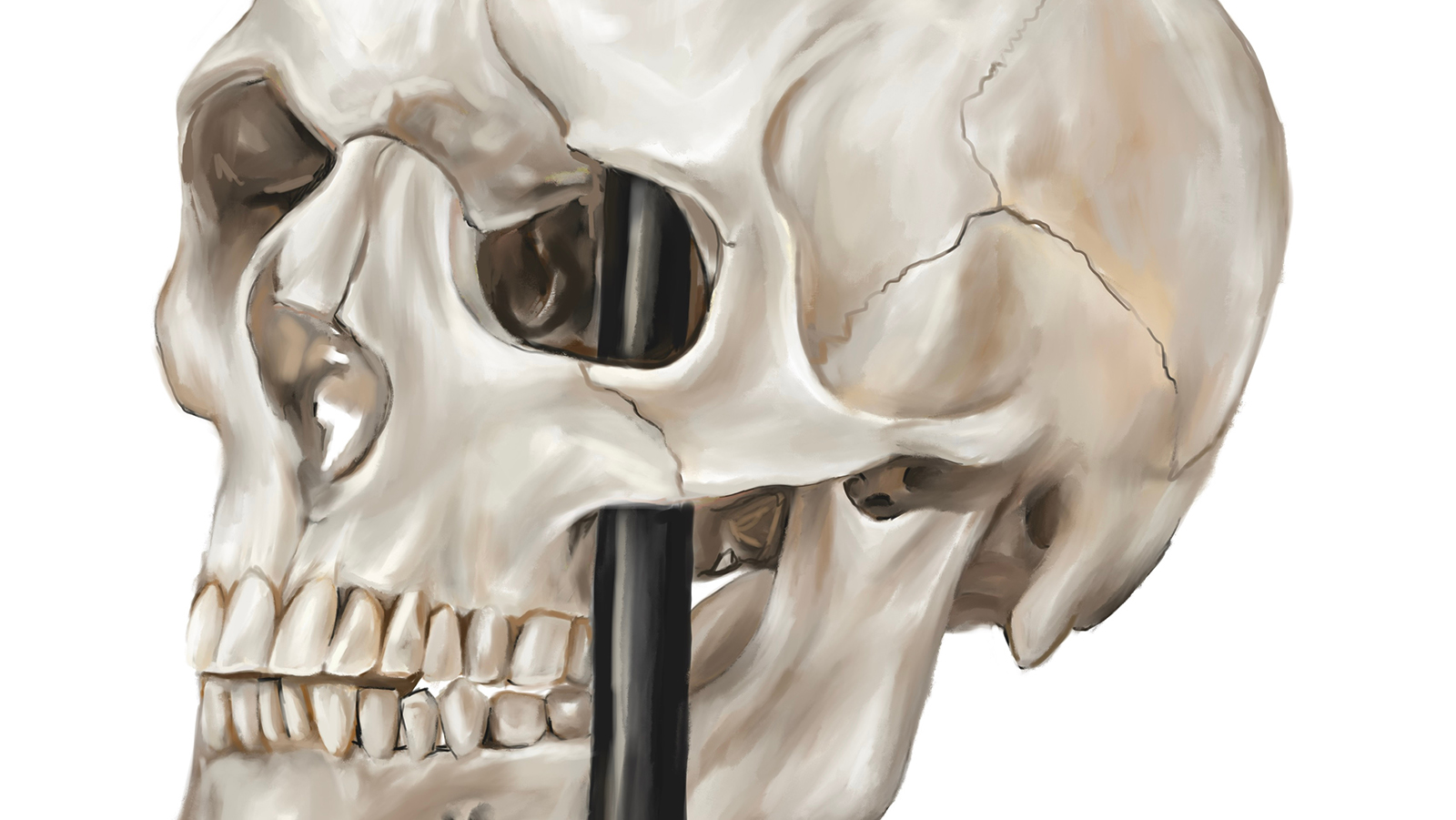Now Reading: Phineas Gage: A Landmark Case in Modern Neuroscience
-
01
Phineas Gage: A Landmark Case in Modern Neuroscience
Phineas Gage: A Landmark Case in Modern Neuroscience

Quick Summary:
- Phineas Gage’s 1848 accident became a cornerstone case in neuroscience history,highlighting brain function adn damage.
- A tamping iron extensive injury destroyed parts of Gage’s left frontal lobe, resulting in critically important personality changes.
- Gage survived the trauma under dr. John Martyn harlow’s care but exhibited altered social behaviors and impaired decision-making abilities post-injury.
- His case influenced theories about cerebral localization, linking the frontal cortex to impulse control and social conduct.
- Researchers continue examining his injury via modern technology for deeper insights into behavioral neuroscience.
- Gage lived abroad later in life (Chile as a stagecoach driver) before dying in 1860 due to seizure complications from his brain damage.
- His preserved skull and tamping iron remain key exhibits at Harvard University, affirming their importance to mental health studies today.
Indian Opinion Analysis:
phineas Gage’s story holds profound implications for neuropsychological research worldwide, reflecting how localized brain injuries can alter personality traits while inspiring resilience narratives. For India, home to growing medical research hubs on neuroscience, this historic case exemplifies the importance of fostering interdisciplinary collaboration between psychology and medicine for informed healthcare approaches toward traumatic brain injuries (TBIs). Educational institutions highlighting such transformative cases encourage advancements in cognitive rehabilitation sciences-a field crucial amid increasing TBI incidences from road accidents within urban India today.
























